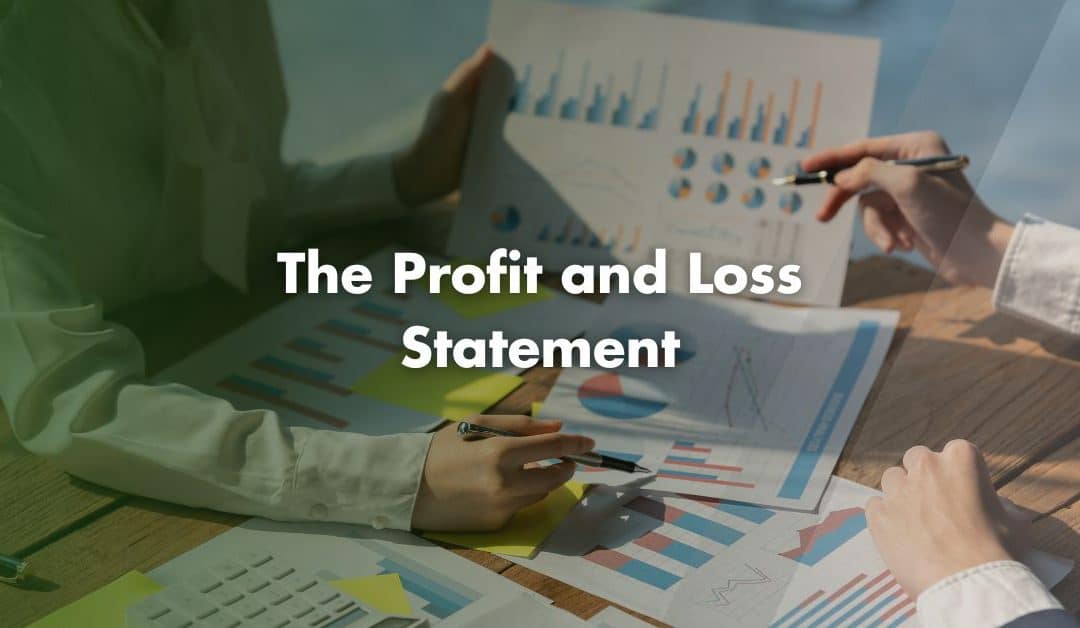Every business, regardless of size, needs to track its performance. One of the most effective ways to do this is with the Profit and Loss Statement (P&L), also known as an Income Statement. This document provides a summary of a business’s income and expenses over a specific period, showing whether the company made a profit or a loss.
What is a Profit and Loss Statement?
A Profit and Loss Statement records all your business’s financial activity within a given time frame. It outlines all generated income and incurred expenses. By subtracting total expenses from total revenue, you will have your net profit, or net loss if expenses outweigh income. Additionally, you can produce this report weekly, monthly, quarterly or annually.
How Does a Profit and Loss Statement Work?
Your Profit and Loss Statement begins with your total revenue (or turnover). From this, you subtract your cost of sales, the direct costs of delivering your product or service. The result is your gross profit.
Next, you deduct your operating expenses; including rent, wages, insurance, depreciation and utilities. The remaining amount is your net profit, which shows your business’s actual profitability during that time.
What Makes Up a Profit and Loss Statement?
Every Profit and Loss Statement should include:
- The business name
- The period covered
- Total revenue, broken down if needed
- Direct costs / Cost of Goods Sold (COGS)
- Operating and non-operating expenses
- Gross Profit and Net Profit
- Adjustments such as depreciation, prepayments and accruals
However, the figures in your Profit and Loss may not match your bank balance. This is because transactions are based on when they relate to, not necessarily when you receive or spend the money.
Here are some definitions of the above terms you will need to remember:
- Revenue or Turnover = Total sales income
- Cost of Goods Sold = Direct costs to produce goods or services
- Gross Profit = Revenue minus Cost of Goods Sold
- Operating Expenses = Costs need to keep your business running
- Net Profit = What remains after deducting all expenses
- Depreciation = Allocation of asset cost over time
- Prepayments and Accruals = Adjustments to match income and expenses to the correct reporting period
Cash vs Accrual Accounting Methods
There are two main accounting methods for preparing a Profit and Loss Statement. You should know which method to use, as it affects how and when you record income and costs in your Profit and Loss. These methods are:
1. Cash Accounting – Read More
This is where you record transactions only when you receive cash or payment. It is simple and often used by small businesses.
2. Accrual Accounting – Read More
This is where you record income and expenses when you earn or incur them, regardless of cash movement. It offers a more accurate financial view.
How to File Your Profit and Loss Statement
For limited companies, your Profit and Loss Statement must be part of your Statutory Accounts:
- Within 9 months after your financial year ends for Companies House
- As part of your Corporation Tax Return and within 12 months of your accounting period ending for HMRC
If you are self-employed, your Profit and Loss supports your Self Assessment tax return which is due each year by 31st January.
Contact Us
We are not just accountants; we are Chartered Accountants with one of the most reputable and premium accounting bodies. We are registered and regulated by ACCA; so you can rest assured that you are in good hands. Knowing this, don’t hesitate to get in touch with us if you require assistance: Pi Accountancy | Contact Us
This article is for general informational purposes only and does not constitute legal or financial advice. While we aim to keep our content up to date and accurate, UK tax laws and regulations are subject to change. Please speak to an accountant or tax professional for advice tailored to your individual circumstances. Pi Accountancy accepts no responsibility for any issues arising from reliance on the information provided.

